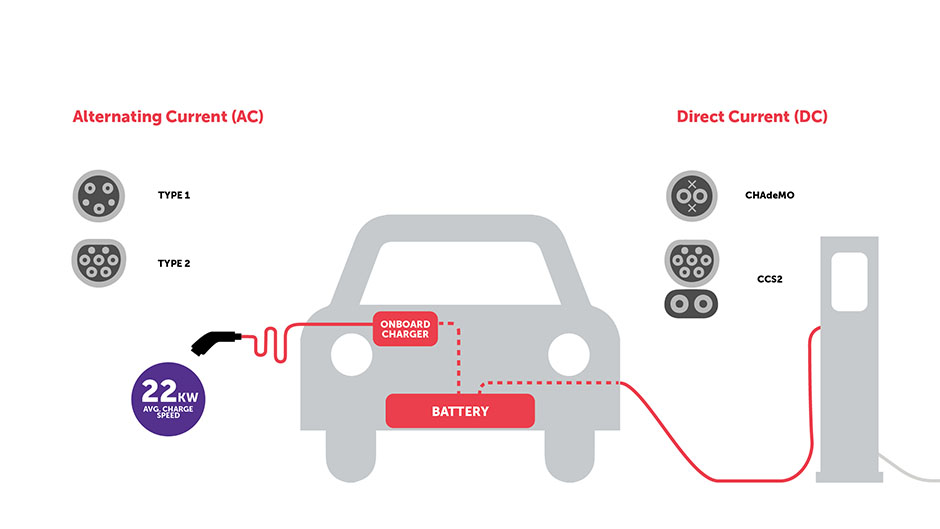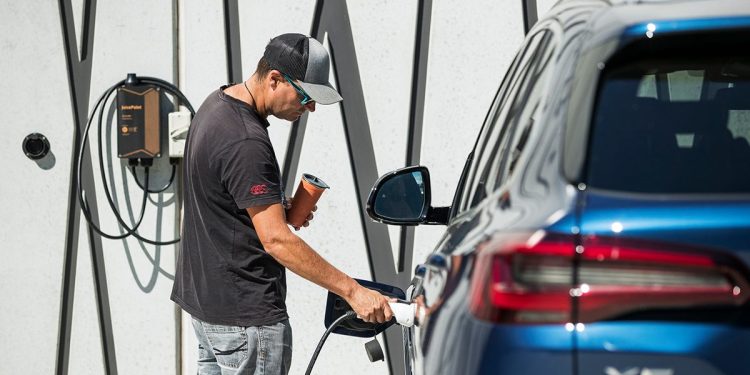Charging EVs at home: the pros, cons, and everything in between
Words: Kyle Cassidy | Photos: Tom Gasnier
With the recent announcement of the clean car discount, the EV race is on. But what about charging? Here’s a guide to refueling with electricity.
Electric cars have become a hot topic. The cost of entry is now a little more affordable with the clean car rebate and that has brought more people around to considering electric vehicles. But what do you need to know about charging? Glad you asked. We enlisted the help of an expert, Glenn Inkster, manager of the e-mobility division at Transnet NZ, to talk us through it.
He says there are fundamentally two ways to charge, using either AC or DC power. Confusing the matter, there are many different terms for the same thing. DC is the rapid-type charging that takes place at a public station, sometimes called Mode 4 or Level 3 charging.
Inkster says; “Every time an article comes out about a new EV it’s all about how fast it will DC charge. But you’re only going to charge this way when you travel further than the range of your car.”
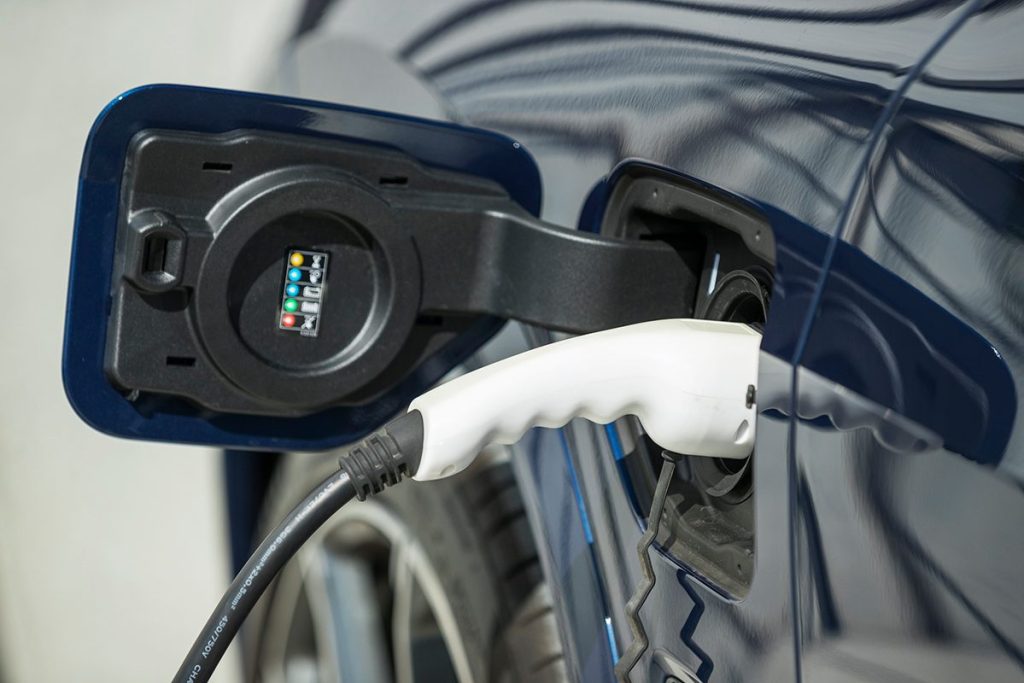
Nearly all the fast chargers in NZ have either the CHAdeMo or CCS type cables (see diagram below) that plug into your car’s charge port. Connect the right cable, and the car and the charge station then set up a safe connection. Only then does the electricity flow. The big charger (which ironically looks like a petrol pump) is converting the mains AC power to DC and pumping it directly into the battery, circumventing the car’s on-board charger. In NZ currently, these DC chargers are rated between 30 and 300kW, and generally the bigger the number the faster the charge. However, the car still ultimately dictates the maximum charge speed. It will also slow the rate down substantially once the battery is up to 80 per cent charge to preserve its life (it’s all to do with thermal management and other technicalities that we don’t need to go into here).
Inkster says it’s the convenience of recharging your car at home that’s the thing to grasp with an EV; don’t dwell on the fact you can’t charge it as fast as you can fill your tank with petrol.
“It’s about charging it when it’s parked doing nothing. Then you can be doing other things, like sleeping! The longer it’s plugged in, the slower you can charge it, the better it is for the electrical network.” That’s where AC charging comes in.
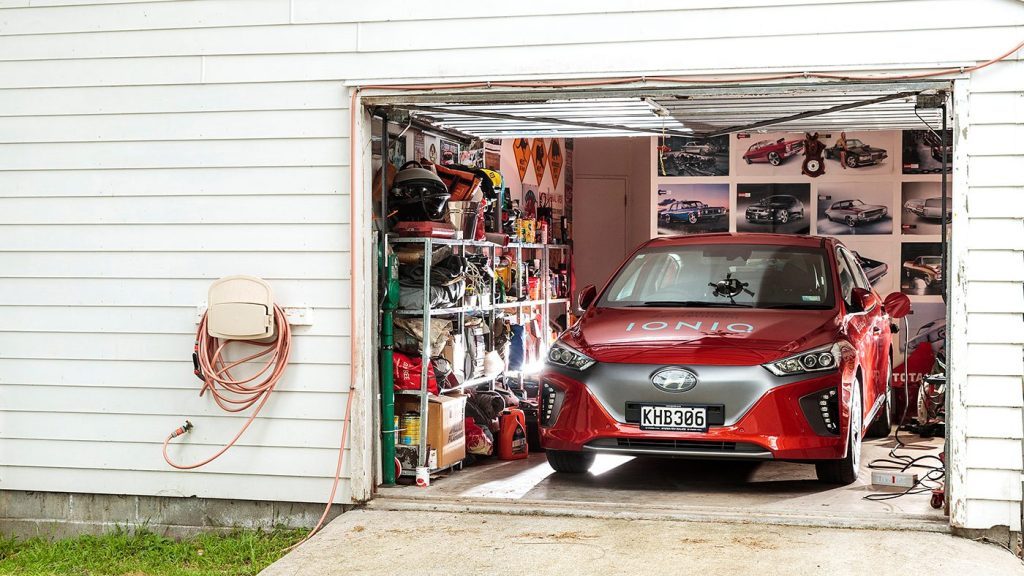
To complicate things a little, there are various types of AC charging, but bear with us. There is fast AC charging, which involves either having a ‘wallbox’ (sometimes referred to as Mode 3/Level 2 charging) installed at your home or place of work, and there are also public AC chargers.
Now technically speaking, the ‘wallbox’ isn’t a charger per se, but rather a ‘controlled safety switch’. When you plug your car in, it and the wallbox communicate to ensure the latter is supplying the right amount of current. This it supplies to the car’s onboard charger/inverter which converts the AC ‘power’ from your house to DC to charge the battery. It’s the capacity of both the on-board charger (expressed in kW) and the amperage of the wallbox that will determine just how fast your car will charge.
The type of wallbox you’d have installed at home will usually have a tethered cable with either a Type 1 or Type 2 connector that will fit the charge port of your car. You can also get a socketed/untethered wallbox solution where you have a separate cable and plug it into both the car and box. You’ll need such a cable if you intend to use public AC outlets that you find at some shopping mall car parks.
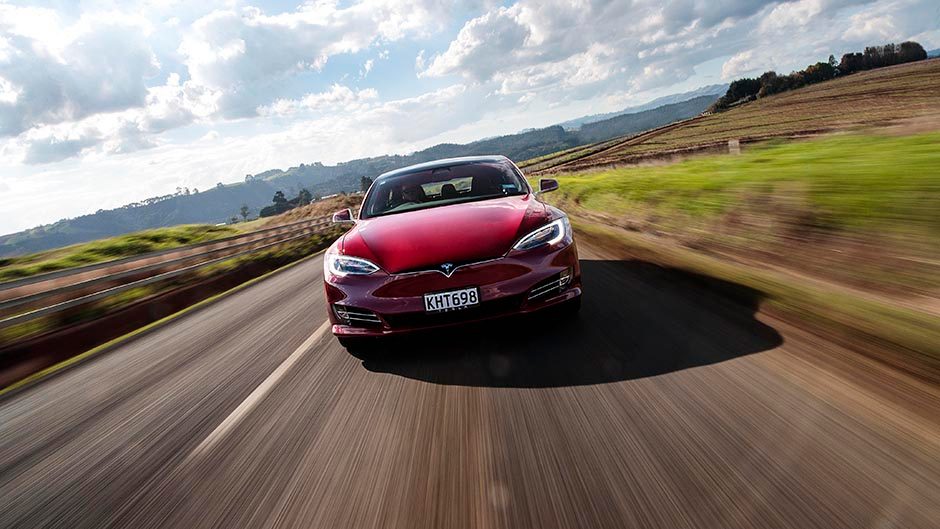
The other AC charging option is via the portable/trickle/slow charger (Level 1 / Mode 2) that plugs into a normal power socket outlet. Inskter says portable chargers that are supplied with NZ-new cars will come with the necessary safety features for reliable charging, such as monitoring the temperature of the power outlet. Some enable different current settings (6amps to 10 amps) and he advises using the lowest setting. He also suggested that you have an electrician inspect your socket outlet and replace it if it is old. He says the trickle charger should be thought of as a back-up when you don’t have access to other recharge options, though it’s a viable solution for plug-in hybrids with smaller batteries. An EV like the e-208 with a 50kWh battery will take around seven hours to fully charge on a wallbox, and 20-plus hours on a trickle charger.
Inskter says that in NZ, this is the most common way people charge at home because it’s the cheapest, the trickle charger costing a few hundred bucks whereas wallboxes run to a few thousand once installed. And most EVs here are used Leafs; you’re not going to splurge big on a wallbox that costs half as much as the car you just bought.
So why the downer on the portable charger then? Your home has a maximum capacity of 63 amps, so the more electrical devices you have switched on at once, the more energy the house draws, and the closer you get to the 63A max before you blow the pole fuse, your home goes dark and you need to wait for the utilities company to come and sort out the problem.
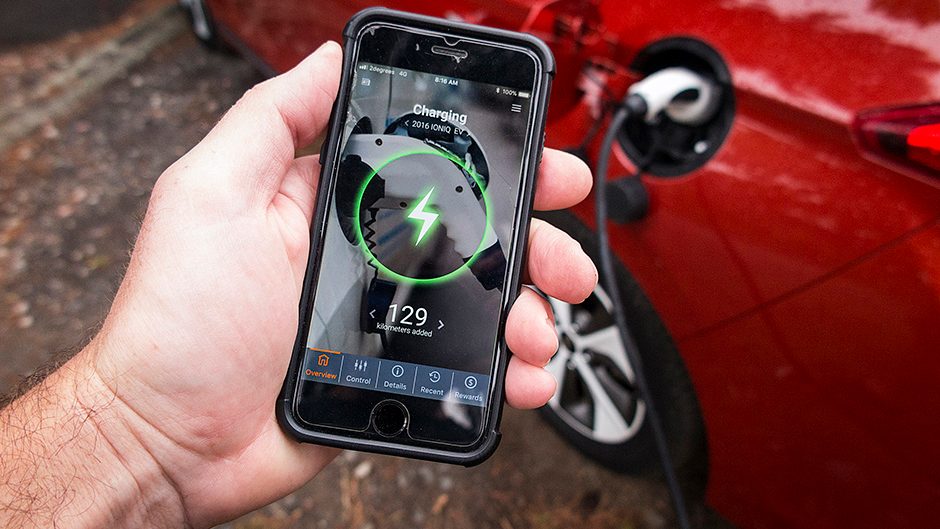
Appliances that draw over 8A are usually on for a short period of time (think the kettle or dishwasher). However, when using the portable charger to replenish a battery, it is on for a long time and drawing a lot of current. Most other high draining appliances, like the oven or heat pump, have a dedicated circuit on the fuse box, as should the EV charger. Most Kiwi homes use between 15-25kWh a day (more in the winter, less in summer). An EV battery will draw a similar amount of energy from your home supply to enable the car to travel 100km. So plugging your car straight into the wall socket is like running your entire household via one plug. You just wouldn’t.
So what are the benefits of a wallbox type charger? Inkster says they enable faster ‘top-up’ charging sessions (you’ll get more energy when needed in just a few hours) while providing the most reliable and safe charge. You can adjust the current of the charge via a wallbox and some have an optional sensor which will monitor the power load of the building and automatically adjust the charge power to the car to keep within the limits. With a wallbox you can set the amount of current (as in how many amps) and most have a Smartphone app to make the control of these added functions easier. The apps can record how much power has been used to recharge, and the cost, so employees can be reimbursed for company car use.
A few other things to note. Most EVs have a timer function so you can plug the car in when you get home, and then schedule the charging to start later at night when there is a lower overall load on the house. Put bluntly, don’t charge your car at 6pm when you get home and everything else is switched on; you’ll inevitably overload the system. Electrical retailers can offer an EV charging plan to take advantage of a cheaper kWh rate at night too. Also factor in that at some point, you may want to charge more than one EV at the same time.
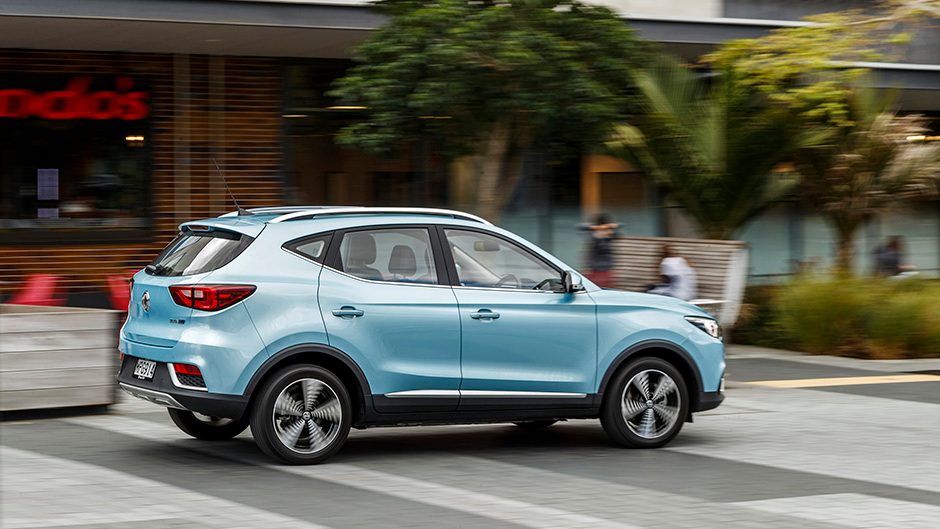
As a ( very general ) rule of thumb, charge current equals range added per hour – so charging at 16 amps will add 16km of NZ highway range per hour. Installing a wallbox that enables you to adjust the charge current means you can set it to suit your particular requirements without overloading your home.
Your EV is going to use between $3 and $4 of electrical energy per 100km, depending on your electricity plan. How long it will take to charge depends on how big the battery is, how full it is, and how you charge it. You should get into the habit of charging it every night. While some DC charging is free at this stage, it’s not always going to be. The pay terminals usually cost 25c a minute and 25c a kWh. So to really bank the savings of electrical transportation, you’ll do most of your charging at home, slow and cheaply.
Any house with a compliant electrical system can charge an EV in theory but every house is different, and might need to be assessed by an installer/wallbox provider. Some older homes may require a switchboard update.
